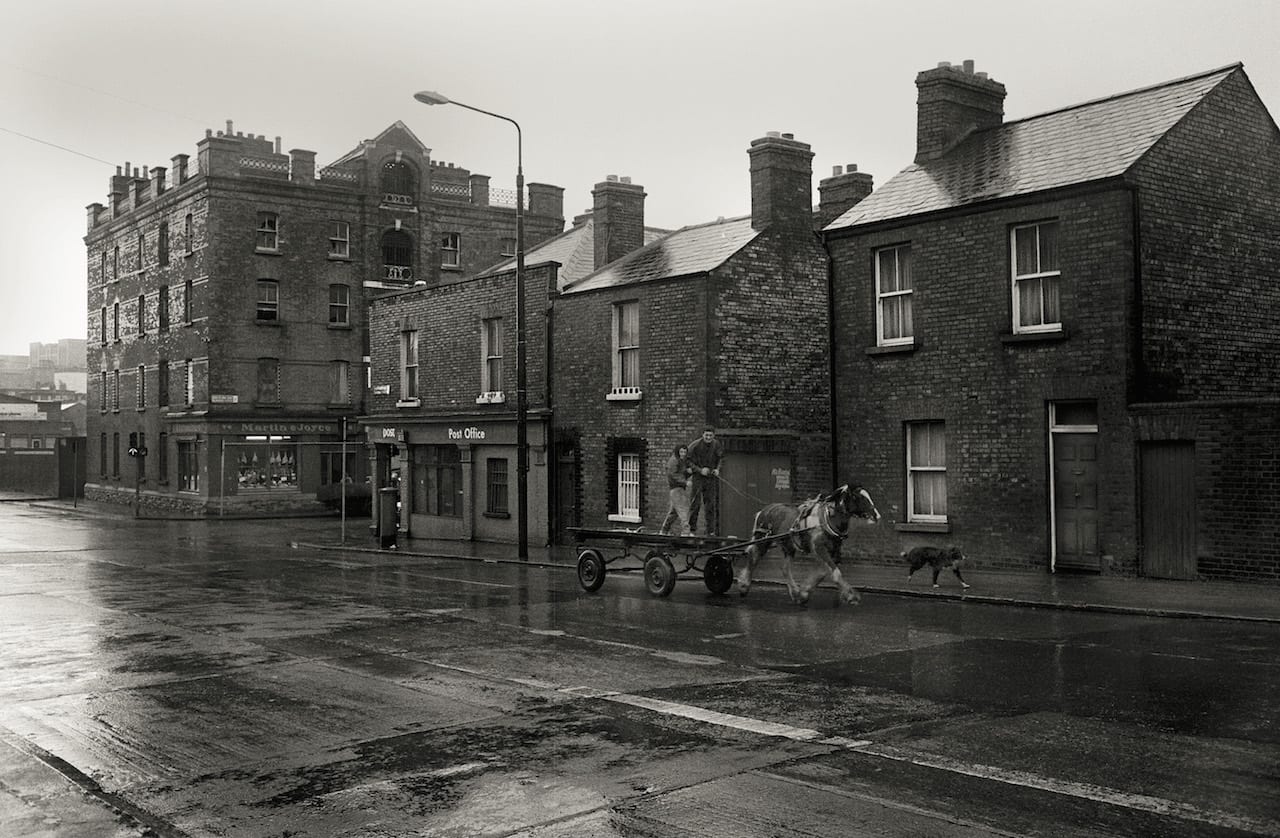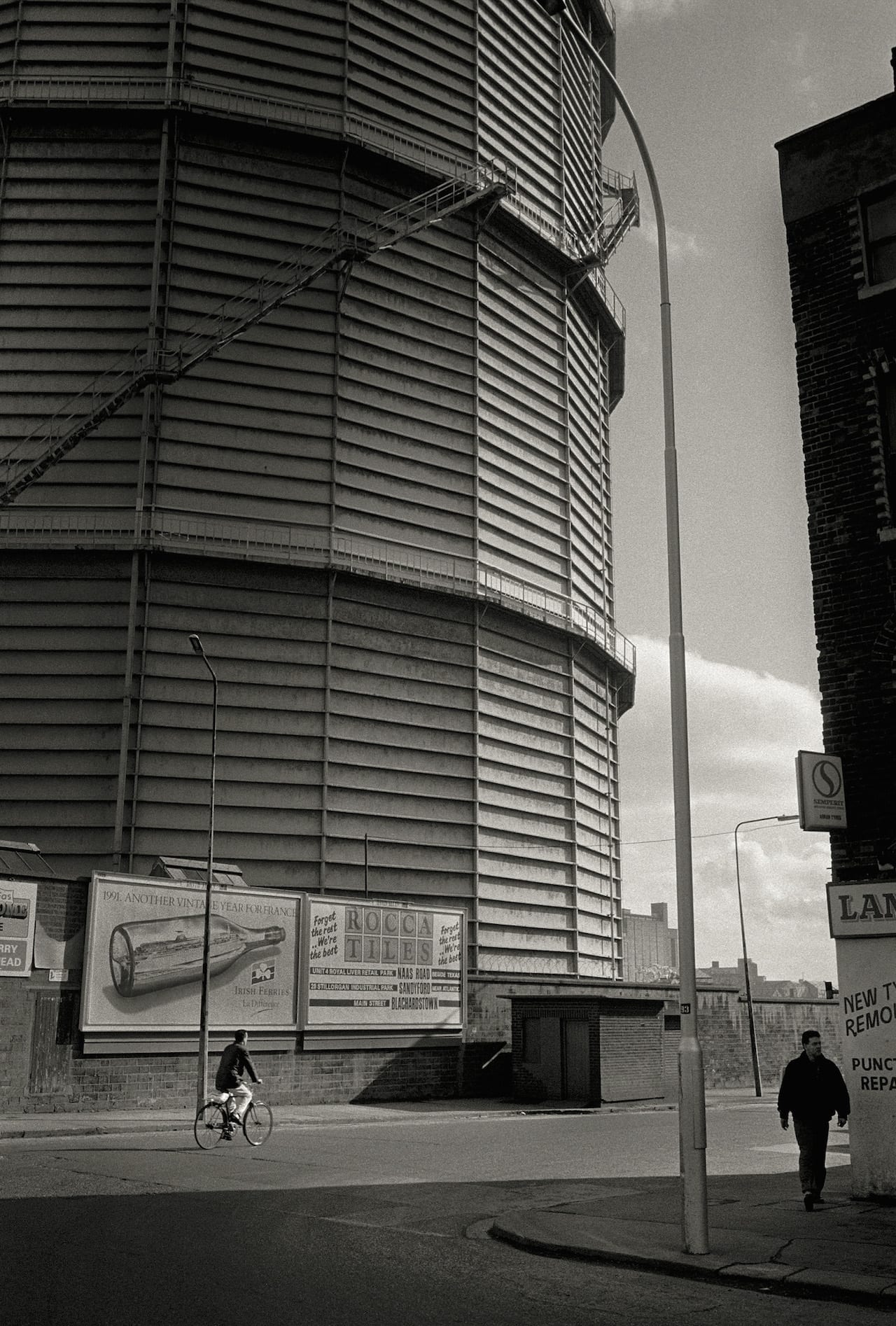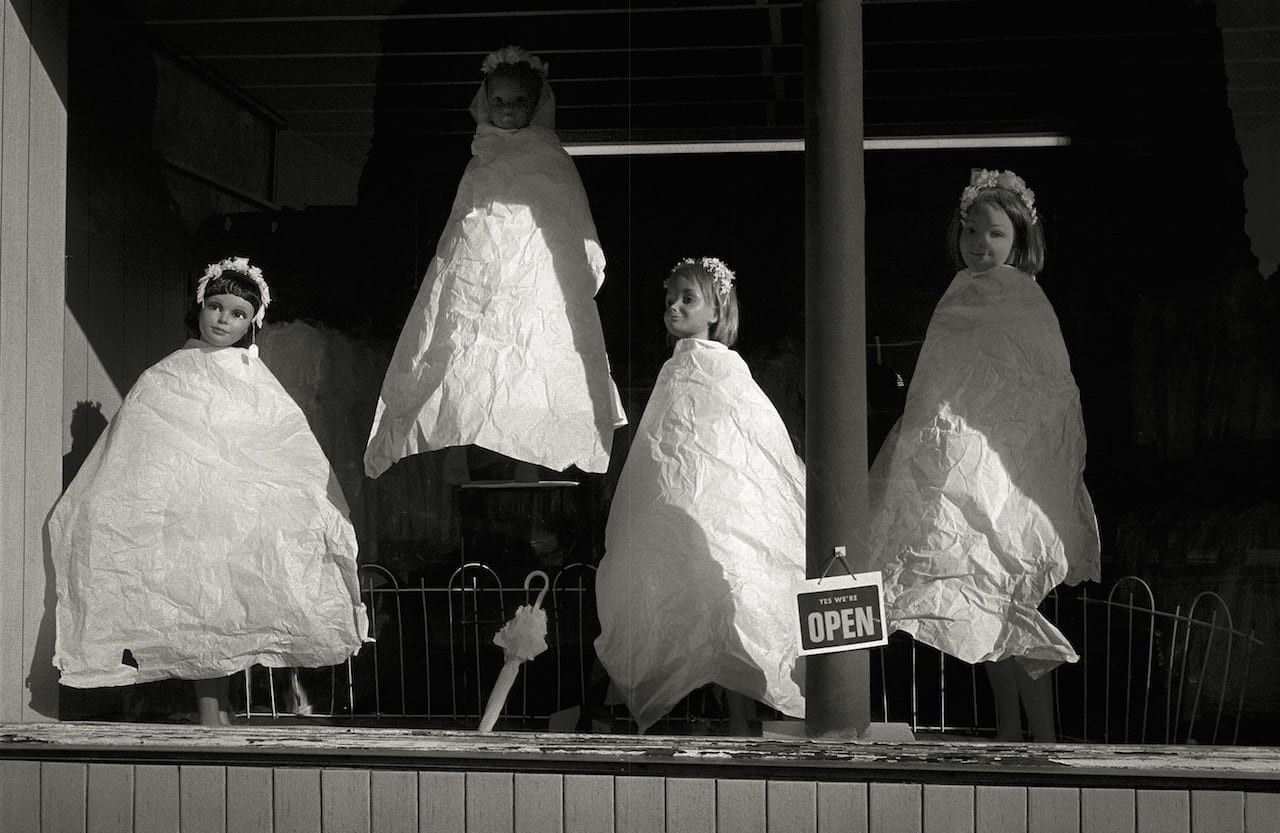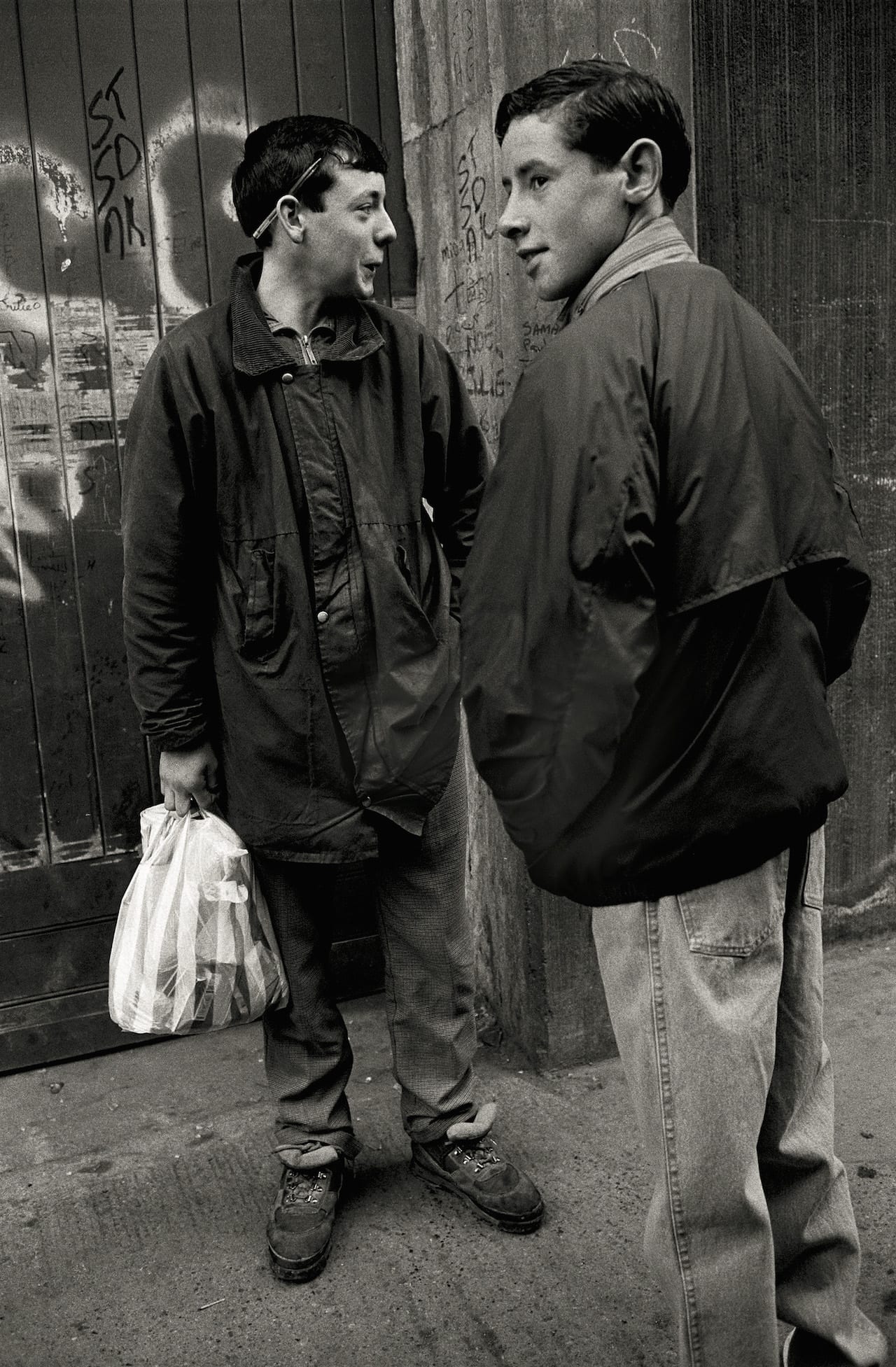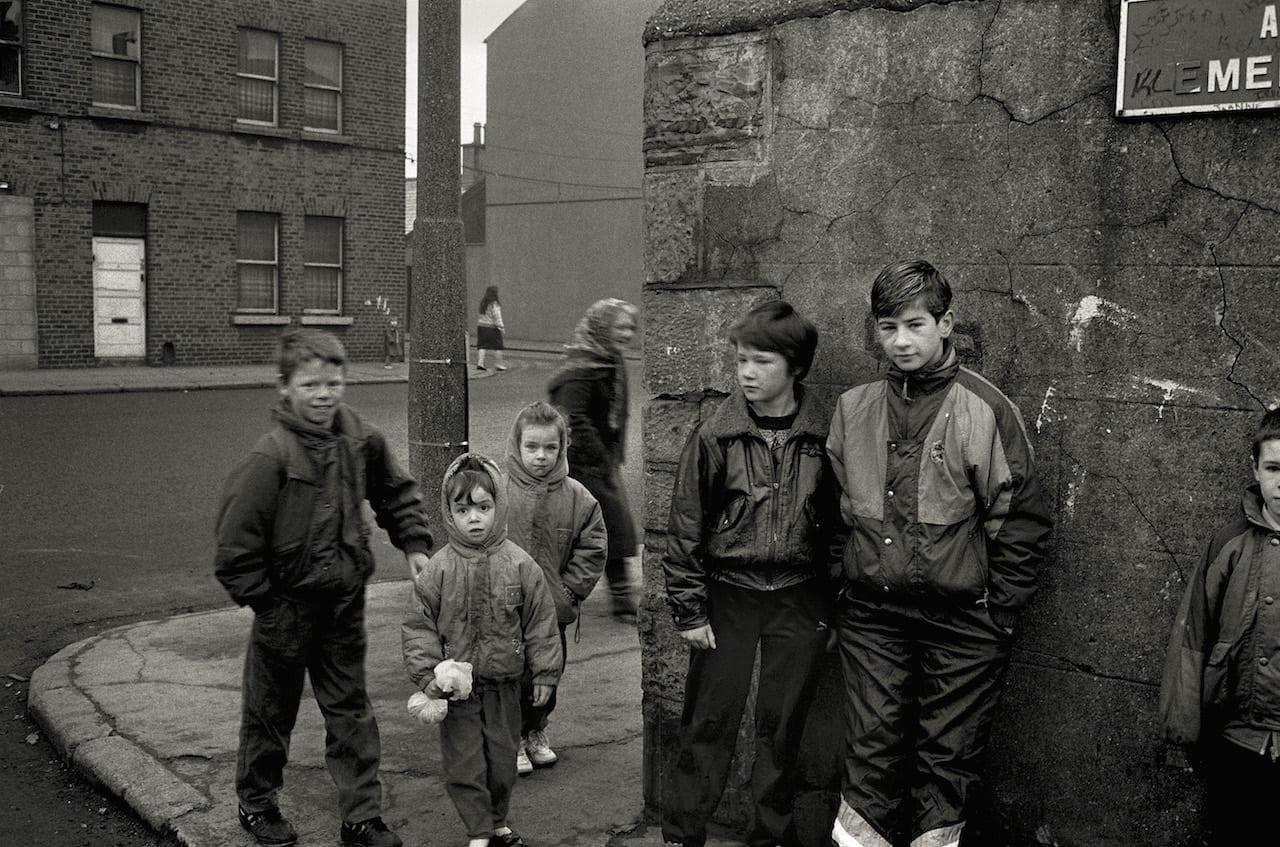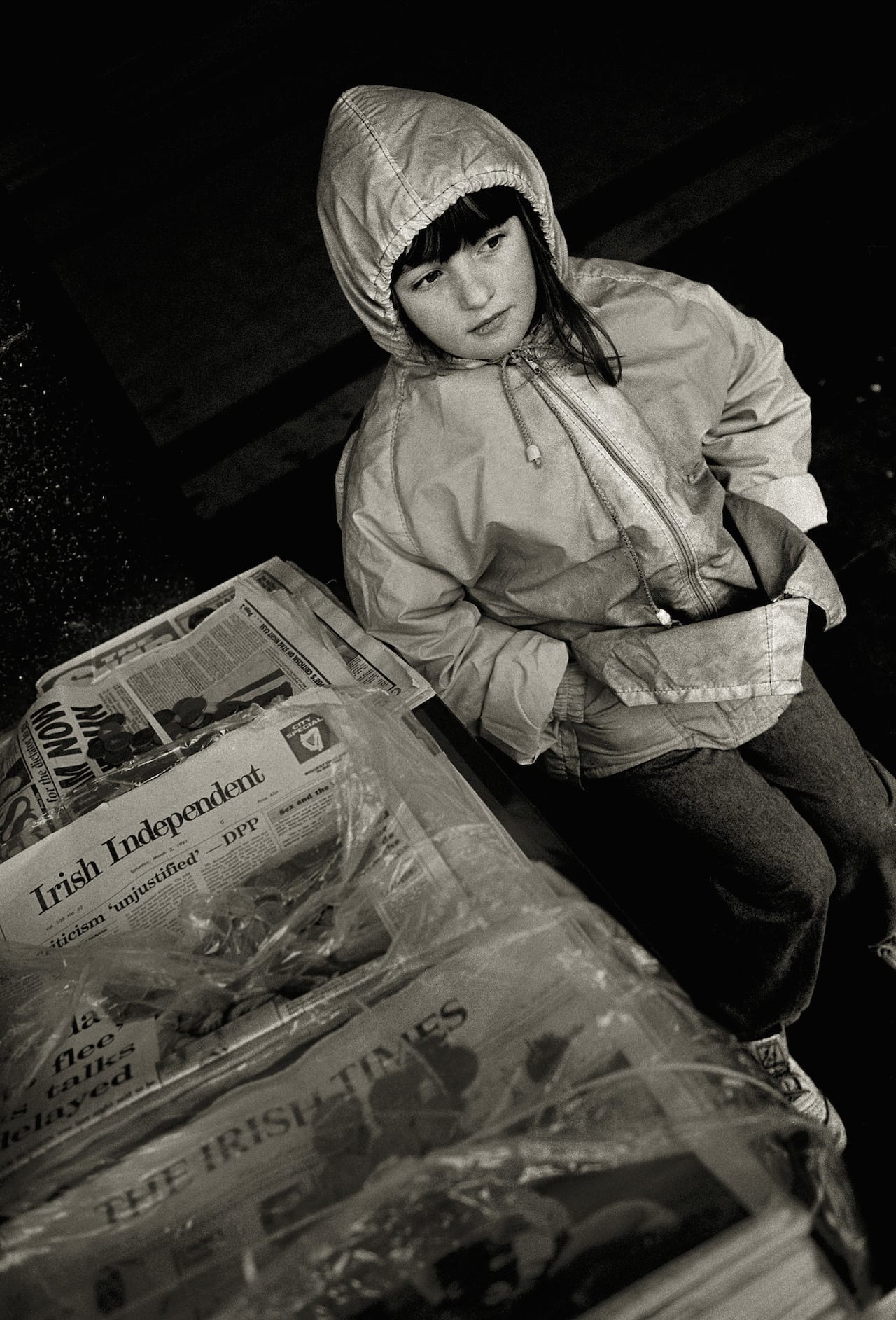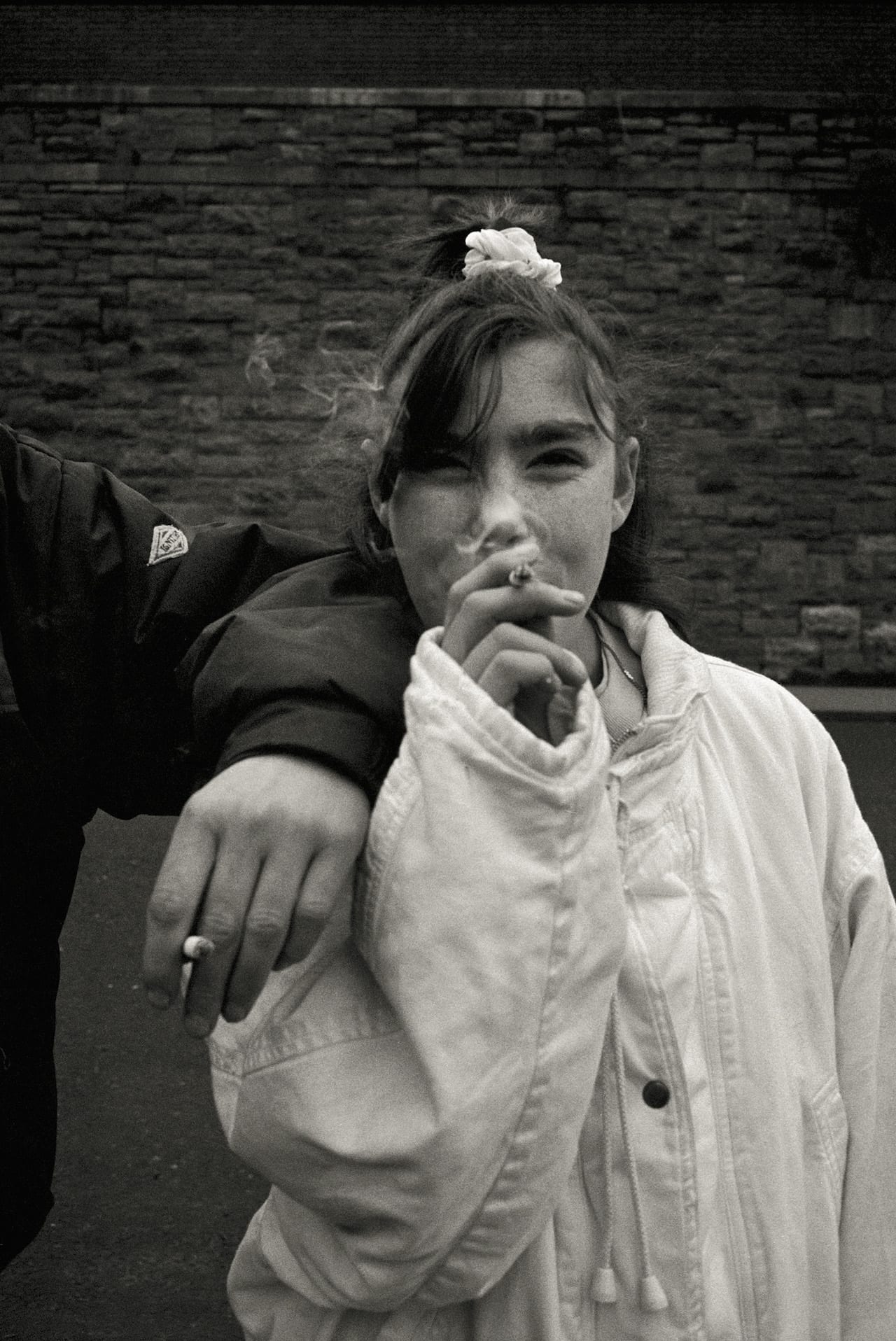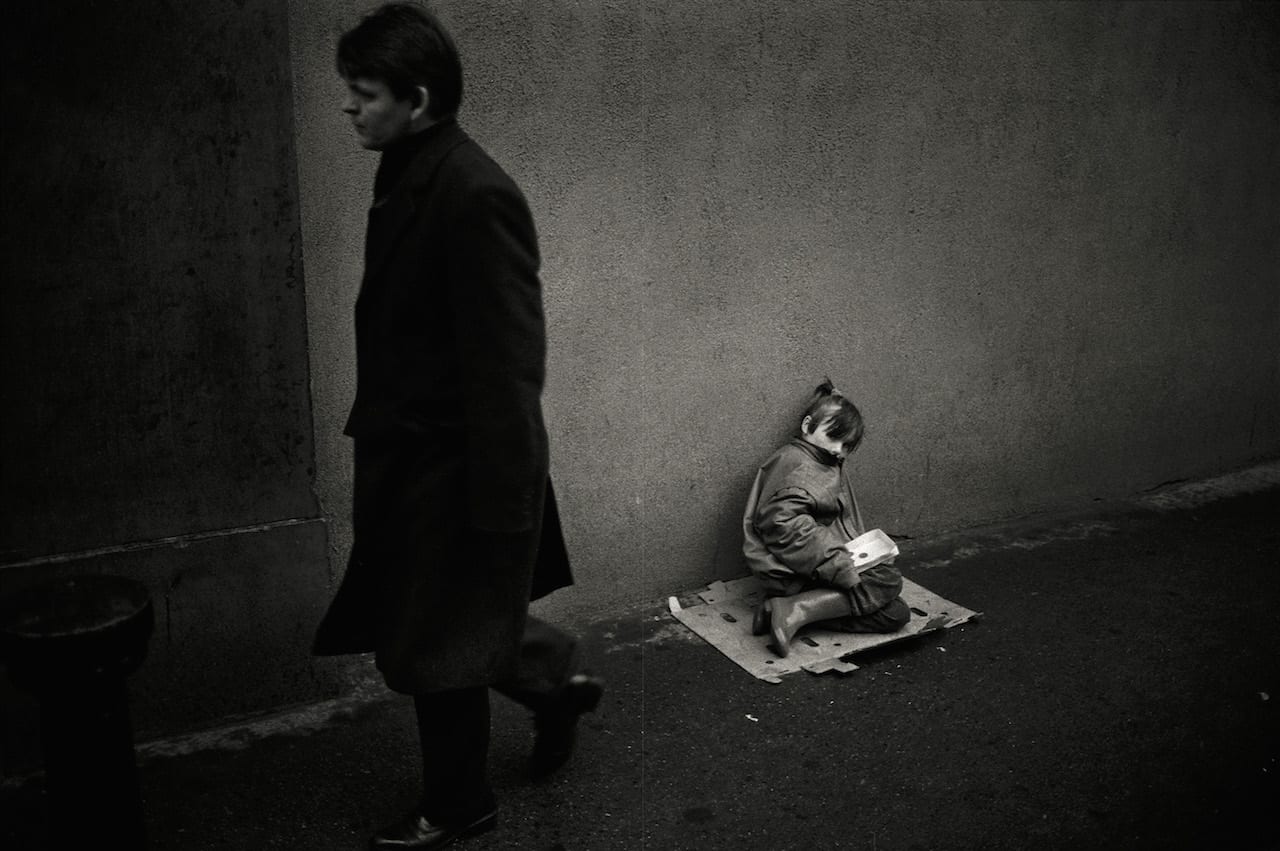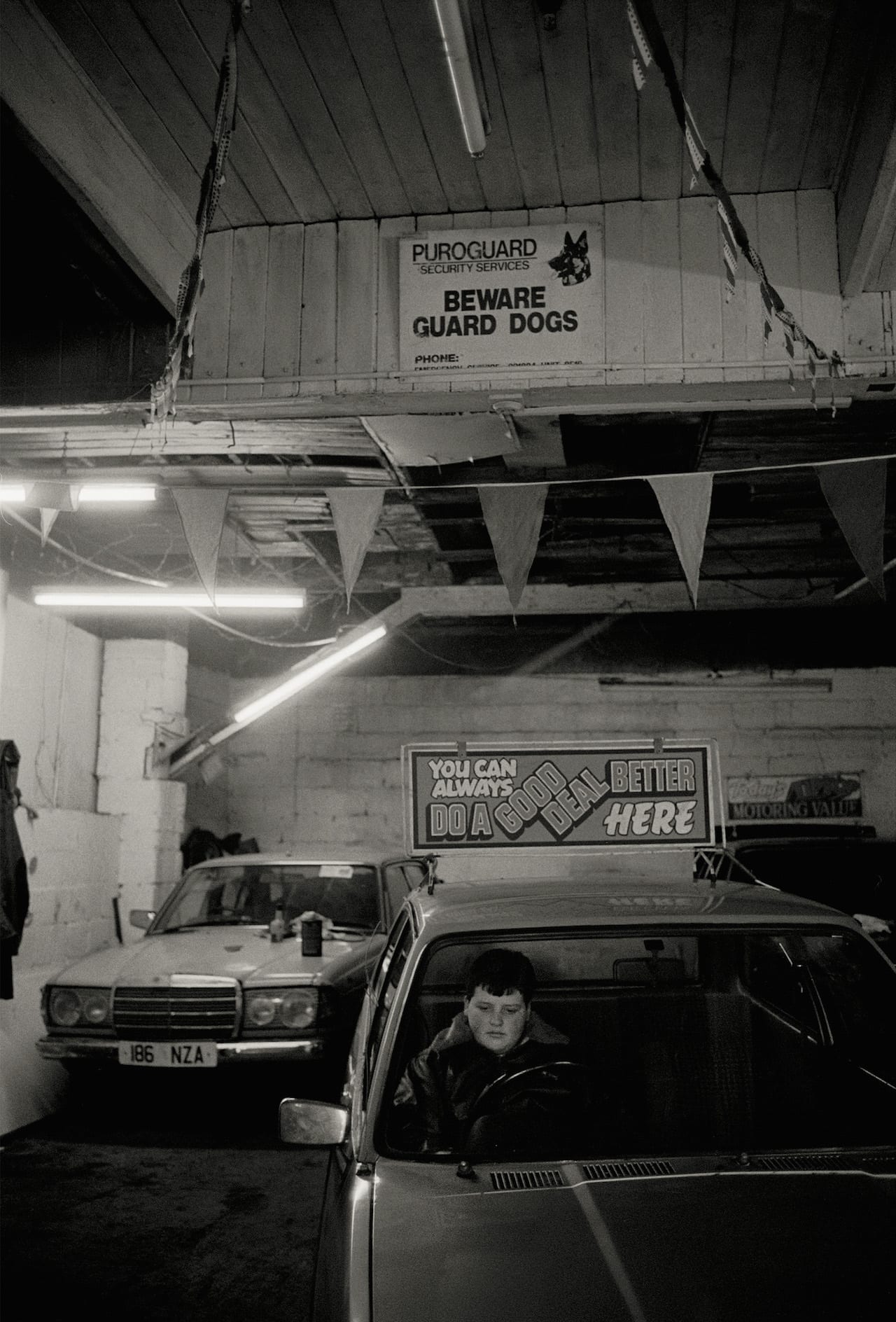Famously elusive, and unwilling to to discuss his work, the only way to get to an insight into Krass Clement’s photography is through the images themselves – but even they are cloaked in mystery.
“There is a certain melancholia in my work,” he says. “I am quite attracted by it. After all I come from Scandinavia so it is a sort of second nature. And yes, a lot of my work can be characterised as being about loneliness. But I don’t want to get too philosophical about those aspects. I hope that the books I produce speak for themselves, and don’t require too many footnotes or conceptual analyses about the nature of reality, states of minds or the role of metaphors.”
Born in 1946 in Denmark, Clement has shot over 20 photobooks over the years, and has shown his work in spaces such as the Bibliothek Nationale, Paris, and the Museum of Modern Art, New York. He taught himself how to make photographs, and his most famous photobook, Drum, was shot over a single night in a small, rural pub in Ireland with a Leica and three rolls of film. Following a single protagonist, it’s dark in both senses of the word, and suggests a sense of loneliness and isolation.
Clement made it in 1991 while on a on a three-month residency at the Tyrone Gurhie Centre Annaghmakerrig, Co. Monaghan, Ireland; now, 25 years on, another series of images from the same residency has emerged. As the name suggests, Dublin moves away from the countryside and into the Irish capital but, shot from the careful vantage point of a pub stool and into the streets, it suggests a similar sense of solitude.
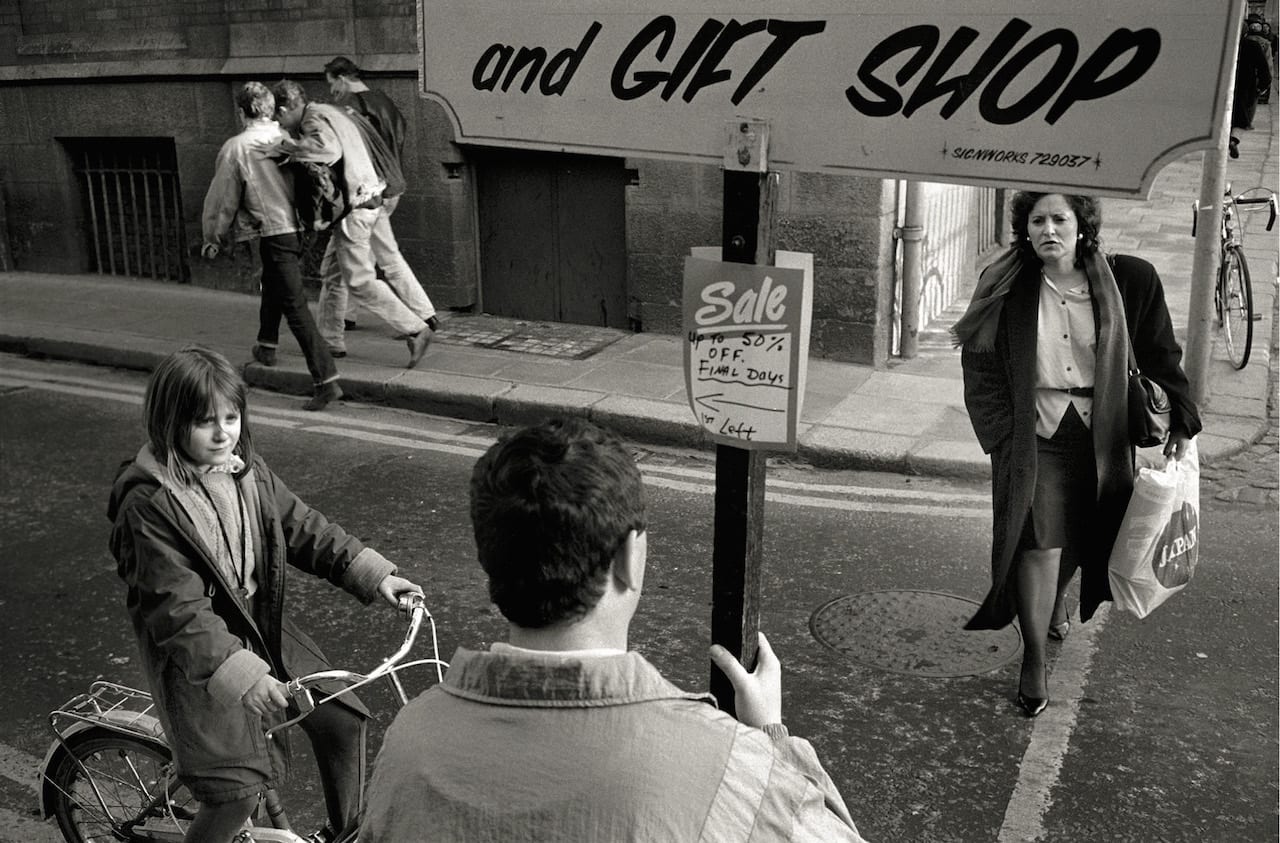
Venturing through the photographs, through the dreamlike streetscapes of monochrome Dublin, the viewer doesn’t so much accompany the flaneur photographer as assume his role; the people he depicts, and their destinations, remain entirely unknown. It’s a difficult but engaging read, which is perhaps what makes Dublin, and all of Krass’s work, so enticing. For Krass, it’s just nice to see the images go on display back in Ireland, alongside the classic shots from Drum.
“All photography is, in a sense, a kind of self-portrait,” he continues. “To me, it is also deeply personal. Different moods, circumstances and environments affect what you perceive – so the similarities and differences [between those two books] relate to where you find yourself. If you ask Rudi, my publisher, he will say that it was the excellent Irish porridge that was the determining factor.”
The Light Gleams An Instant, which includes the series Drum and Dublin, is on display in the Gallery of Photography, Dublin until 22 January 2018. https://www.galleryofphotography.ie The photobook Dublin will be available from 30 November, and can be ordered from RRB Photobooks now. https://www.rrbphotobooks.com/
